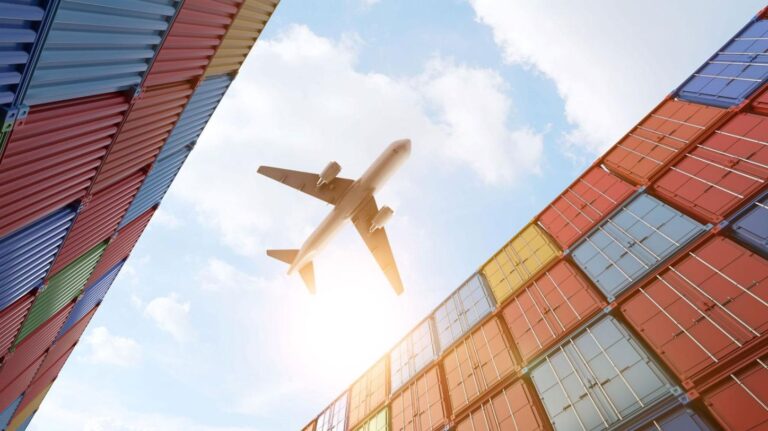DHL Global Forwarding has released a whitepaper outlining strategies for companies looking to diversify their supply chains beyond the traditional ‘China Plus 1’ model.
The report, titled ‘China Plus X: The New Global Supply Chain‘, examines how businesses can mitigate risk and improve operational flexibility by expanding manufacturing and supplier networks across multiple locations.
The document identifies geopolitical tensions, trade barriers and events such as the Covid-19 pandemic as key factors that have exposed vulnerabilities in global supply chains.
In response, DHL Global Forwarding assesses alternative production sites in Southeast Asia, Southern and Eastern Europe, the Middle East, and South America, highlighting their growing infrastructure and trade-friendly regulatory environments.
The whitepaper outlines five key criteria for selecting production and supply chain locations.
A well-developed transportation infrastructure is crucial, with Vietnam and Mexico making significant investments to strengthen their logistics networks.
Cost structure is another important factor, as companies must assess logistics expenses, labour costs and overall return on investment when considering new locations.
The quality of both digital and physical infrastructure also plays a key role, with broadband capacity, transportation facilities and new developments such as airports and rail lines influencing supply chain efficiency.
Additionally, the availability of a skilled workforce is essential, particularly as countries like India invest in education to prepare workers for emerging industries, including semiconductor manufacturing.
The regulatory environment is also a major consideration, as taxes, tariffs, customs policies and trade agreements can have a significant impact on operational efficiency and cost-effectiveness.







